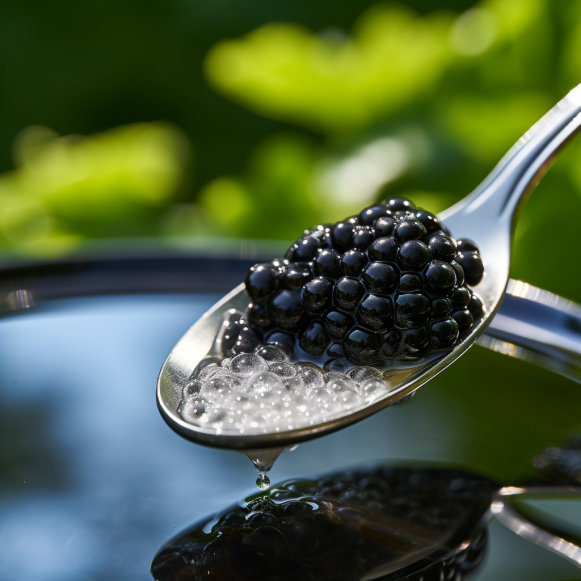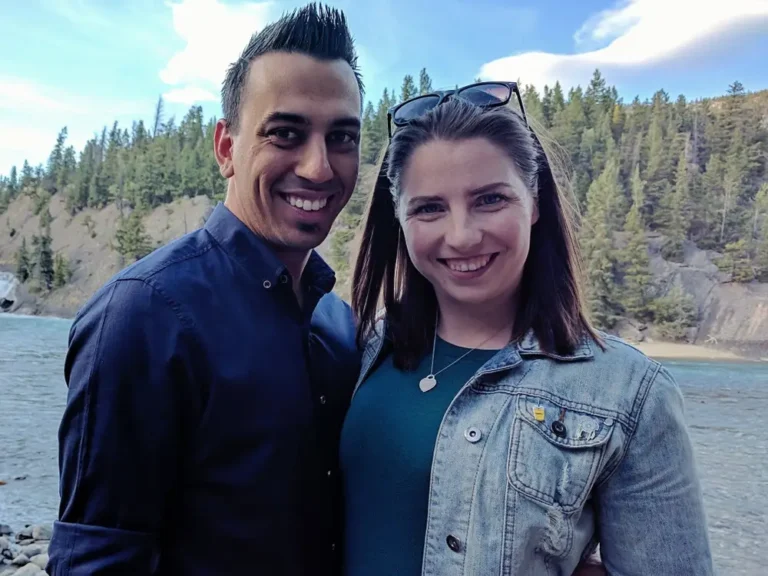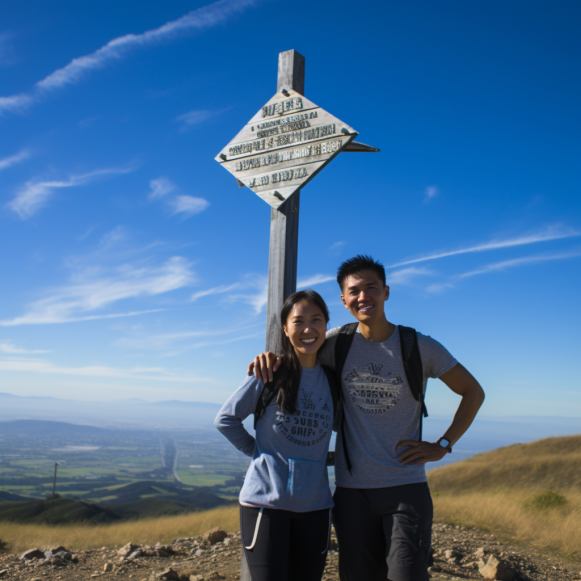How a California caviar producer with a fake Russian name became the vanguard of sustainable aquaculture

We peek behind the curtain at a burgeoning sturgeon farm
You might be surprised to learn that the salty, buttery beads melting in your mouth aren’t from Russia or anywhere near the Caspian Sea if you try a spoonful of Tsar Nicoulai caviar at the Caviar Cafe at the Ferry Building Marketplace or a high-end San Francisco restaurant like Gary Danko or Aphotic.
They come from Wilton, a small farming town near Sacramento. Duke, the farm dog, swims splashy laps in the hyacinth ponds on a recent summer afternoon. Duckweed swirls in the fish tanks, keeping the fish cool. And every now and then, the prehistoric snout of a sturgeon breaks the surface of the water.
Tsar Nicoulai farm is part of a group of sturgeon farmers led by Sterling Caviar and The Fishery Inc. that is reshaping the future of sustainable aquaculture. According to Jackson Gross, an aquaculture expert and assistant professor at UC Davis, these Sacramento County farms supply roughly 90% of the caviar produced in the United States.
According to an EU fisheries report, the United States supplied about 18 of the 380 tons of caviar produced globally in 2018. And their prices are comparable but slightly lower: Tsar Nicoulai caviar costs $55 to $400 per ounce, whereas Russian caviar costs around $80 to $800 per ounce, with rare varieties commanding prices in the four figures.
These California purveyors, on the other hand, are gradually and conscientiously transforming the caviar industry while protecting the vulnerable wild sturgeon population that swims in nearby rivers.
Solar panels, for example, convert sunlight into power to cool fish tanks housing approximately 50,000 sturgeon at Tsar Nicoulai. Fish waste is converted into fertilizer. They’re working on new systems that use less water and new ways to use more parts of the fish.
“Farming white sturgeon is one of the great conservation success stories in North America that no one really talks much about,” says Gross.
So, how did this Russian-sounding caviar producer wind up in this country? Tsar Nicoulai was actually born in the United States, thanks to a stroke of marketing genius by a pair of Swedish San Franciscans who realized their fledgling caviar company, California Sunshine, Inc., wasn’t getting anywhere.
In the 1980s, Mats and Dafne Engstrom became interested in the Delta’s wild sturgeon. They were enthralled by the prospect of caviar from California rather than Russia or Iran. The sturgeon aquaculture movement was just getting started — Sterling’s predecessor began sturgeon production in Wilton in 1983. In 1984, the Engstroms were inspired to open a farm in the same town, with assistance from Russian-born UC Davis scientist Serge Doroshov, known as the “father of sturgeon aquaculture.”
Doroshov’s research discovered that these massive fish, which average 4- to 6-feet long and 80-110 pounds when mature but can grow up to 20 feet in length, mature much faster in a farm setting than in the wild. This rate has accelerated over time. Farmers who optimize the sturgeons’ diets, oxygen levels, and water temperatures have resulted in a 6 year average reproductive age for farmed sturgeon, compared to 24 years in the wild. Faster-reproducing sturgeon have become a larger proportion of the farmed fish population overall, according to Gross.
Thousands of baby sturgeon or “fingerlings” swim in tanks at the hatchery, which is now owned by Ali and Marai Bolourchi. They are protected not only from the sun, but also from hawks, who might see a tank of tasty baby fish as the perfect venue for a feeding frenzy. A dozen staff members live on-site to care for the sturgeon at all stages of development. It’s a task aided by tank technology, which sends smartphone alerts when oxygen levels or temperatures begin to fluctuate.
Roman Sanchez, a fish technician and resident sturgeon whisperer, says his favorite part of the job is caring for the baby fish. While talking about the fingerlings, he deftly nets a rare albino sturgeon, swimming in a tank with a thousand other fish and nearly invisible against the tank’s white backdrop. He examines the fingerling before gently releasing it back into the tank.
Sturgeon, with their armor of triangular bumps or scutes, don’t just look prehistoric. According to the US Fish and Wildlife Service, the species dates back 200 million years, to the time of the dinosaurs. Wild sturgeon, on the other hand, are struggling in today’s changing world.
Hundreds of sturgeon died and washed ashore in the Delta, San Francisco, and San Pablo Bays last summer as a result of a massive red algal bloom. It was the largest sturgeon die-off in the Bay Area estuary’s history.
However, the fish on the Wilton farm are safe from such dangers. The farm is powered by a recirculated water system, which aids in the cleaning of the effluent from the fish tanks. Because those byproducts are high in nitrogen and other nutrients, the farm has been dumping them into ponds where hyacinths grow for decades. The plants absorb the waste, and the water is recirculated back to the fish tanks.
“They’re basically Mother Nature’s organic biofilter,” explains Ali Bolourchi.
Bolourchi and his team have spent the last eight years working to increase sustainability in a variety of areas, including water and energy conservation, as well as moves toward solar power self-sufficiency, which earned them a 2018 environmental stewardship award from Whole Foods, which carries the brand.
The same year, David Agus and Oracle co-founder Larry Ellison’s Sensei Farms began a long-term partnership to grow produce using that nutrient-rich fish tank water. Bolourchi has since invested in a new type of fish tank, which will begin testing on Sept. 15 and convert fish effluent directly into fertilizer.
Each year, between 750 and 1,250 sturgeon are harvested and transported to the on-site smokehouse and a collection of sterile, frigid rooms, where the emphasis is on minimizing waste by using as much of the fish as possible. Yes, for caviar, but also for smoked sturgeon, sturgeon pâté, and other delicacies bound for local markets and the Caviar Cafe at the San Francisco Ferry Building, where Marai Bolourchi serves dishes like cornbread madeleines with honey, vanilla crème fraîche, and golden osetra caviar.
The cycle then restarts, with each generation growing faster to keep up with demand.




